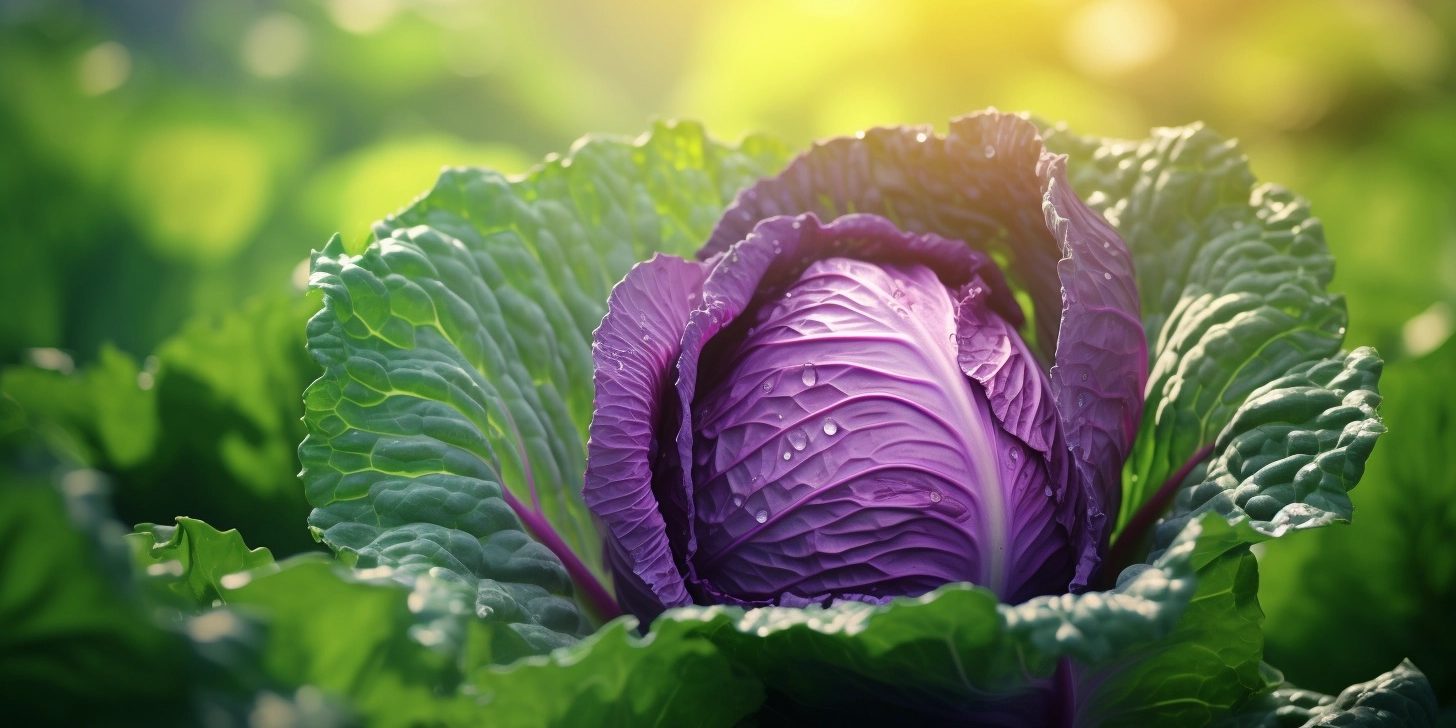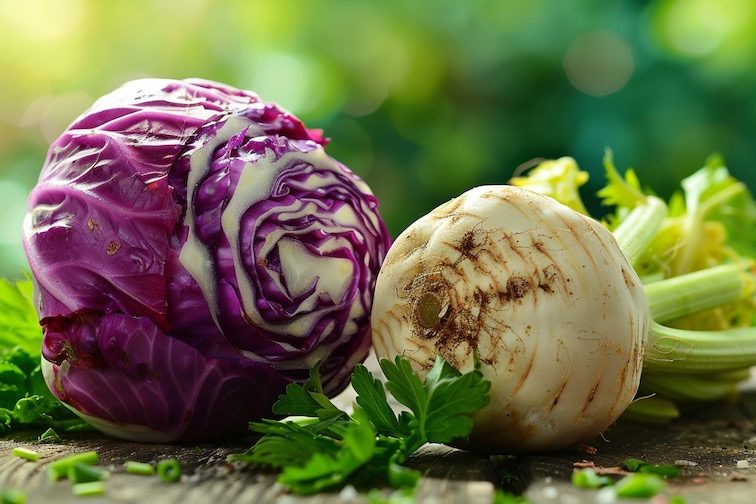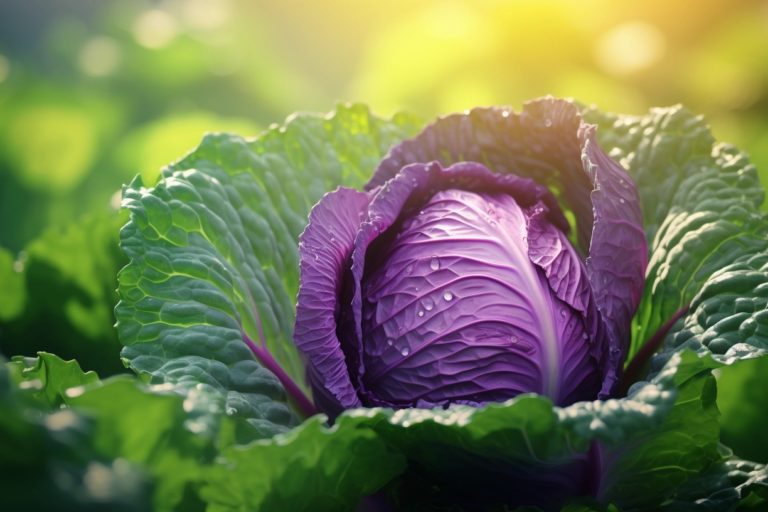With the support of our stable Hungarian producer base, this vegetable is always available in high quality in our wholesale assortment – ask us for an offer!
Red cabbage, also known as purple cabbage, is one of the most showy vegetables that not only adds colour to dishes, but is also a healthy and tasty addition to the everyday diet. It is the basis of many traditional and modern dishes and is available all year round. It is nutrient-rich, easy to store and has many uses.
How to choose the best red cabbage?
To choose fresh and good quality red cabbage, consider the following points:
- Appearance: the leaves of the red cabbage should be firm, compact and uniformly purple-reddish in colour. Avoid those that are faded, cracked or damaged.
- Size and weight: the cabbage should be heavy for its size. This means that the leaves are close together, which is a sign of freshness.
- Aroma: A good cabbage has a slightly earthy, fresh smell. A strong, unpleasant smell may indicate that the vegetable is no longer fresh.
How to use red cabbage in the kitchen?
Red cabbage is a very versatile vegetable that can be prepared in many different ways:
- In salads: eaten raw, red cabbage has a crunchy texture and slightly sweet flavour, perfect for salads. Grated or thinly sliced, it is a fresh and healthy ingredient.
- Steamed: classically, it can be prepared as steamed cabbage, for example combined with apples and onions. This side dish goes well with meats and roasts.
- As pickles: pickled or fermented, for example as sauerkraut, you get a particularly healthy, probiotic meal.
- In soups: it can enrich vegetable soups or cabbage soup, adding colour and flavour.
- Stuffed cabbage: The leaves of red cabbage are perfect for stuffed dishes, such as meat or vegetarian fillings.
How to store red cabbage?
By storing red cabbage properly, you can keep it fresh for weeks:
- In a cool, dark place: Store the cabbage in a refrigerator or cool chamber. In the right environment, it will keep for up to a month.
- Stored whole: If not using immediately, keep the cabbage whole to preserve its moisture and crunchiness for longer.
- Cut cabbage: Once cut, wrap in plastic wrap or place in an airtight container to prevent drying.
Interesting facts about red cabbage
- History: red cabbage was popular in ancient Rome, not only as food but also for medicinal purposes.
- Colour change: the colour of red cabbage can vary depending on the pH of the soil. Acidic soil will give a deeper purple hue, while more alkaline soil will give a bluer colour.
- Nutrients: extremely rich in antioxidants, especially anthocyanins, which are responsible for its bright colour. It also contains vitamin C, vitamin K and fibre.
- As a pH indicator: red cabbage juice can be used as a natural pH indicator. It can be used as a natural natural colour for cabbage.
Tips for using red cabbage
- Added sweetness: add apples, honey or balsamic vinegar when steaming to balance the slightly spicy taste of the cabbage.
- Pickling at home: make homemade fermented cabbage, which is not only delicious but also rich in probiotics. All you need is salt, water and a little patience.
- Crunchy texture: if using for salads, sprinkle the cabbage with salt after grating and leave to stand for a few minutes. This will soften it while maintaining its crunchy texture.
Why choose red cabbage?
Red cabbage is not only eye-catching, but also extremely nutritious and tasty. Its low calorie and high fibre content make it an excellent choice for a healthy diet. It can be used in many dishes and adds colour and distinction to our meals. From traditional Hungarian dishes to modern, international dishes, red cabbage is a staple in every kitchen.





